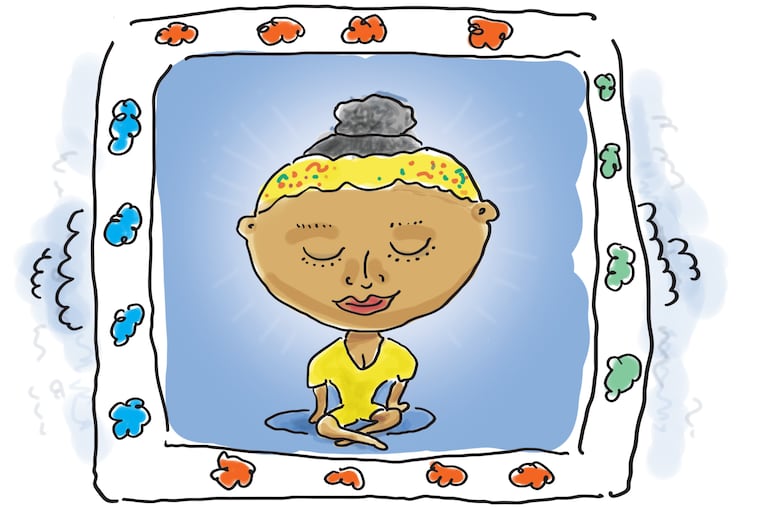Feeling pandemic stress? These easy breathing techniques can help.
Mindfulness expert Kapil Nayar walks us three ways to find relief.

With everything happening around us, it may be difficult to find that piece of calm. If your mind races, if you feel annoyed: that’s normal.
But sometimes, even under normal circumstances, you just need a minute to inhale and exhale. And in this era, anxiety and dread might be making you breathe faster.
“What we’re doing right now with COVID happening, and with the news reinforcing everything we’re seeing, and hearing Trump talk about what he’s talking about, we start subconsciously doing shallow breaths, whether we realize it or not,” said Kapil Nayar, a counselor and mindfulness expert who grew up in Moorestown.
When we panic, our bodies crave more oxygen. That’s why, on a physiological level, he explained, deep breathing and meditation can make a difference.
And they don’t have to be complicated. Nayar broke down a few straightforward approaches to help you decompress. Two are breathing techniques; one is a 20-minute guided audio relaxation session, below.
Nayar recommends trying the breathing exercises for two to five minutes and see how you feel; the best length depends on the person. Some may feel benefits in only two minutes; others may need more time.
» READ MORE: Missing touch? Here are some things that can help.
With mindfulness, he said, you should bear witness to your emotions, accept them, then let them go. “Whether we realize or not, our subconscious is being receptive.”
Remember: This is a practice, and it takes time. “The frustration factor is always going to be there,” said Nayar, who said that meditation gets easier with consistency.
Deep breathing
Lie down on the floor. Place a book on your stomach. Now breathe deeply and focus on lifting the book.
Try this three times, and when you’re able, build up to five times. Make it a goal to reach seven times. Pace yourself as needed. If you feel dizzy, don’t push it.
“The confines of our diaphragm kind of dictate how far we can inhale the exhale, and so we’re going to be really mindful of that and where our body pretty much physiologically stops," Nayar said.
"What you’ll also notice is that the mind is going to start slowing down … That’s an indication that it’s working in the correct trajectory. With the practice, we’ll be able to assuage any type of emotion.”
Box Breathing
Take a long breath over four seconds. Hold that breath for four seconds. Exhale over four seconds. Hold for four seconds. Start over. Nayar says that the timing is flexible.
“I've had clients that had severe OCD manifested with anxiety, and I've used variations of that box model with different variables as far as time intervals to be able to sort of tailor to what worked for them,” Nayar explained. “It could be any number, essentially.”
Progressive relaxation with a body scan
Get comfortable. That might be in bed, that might be in a certain chair. Pick what works for you.
For this technique, Nayar has created a guided track. As you listen, close your eyes.
“If you feel like you’re about to fall asleep, go for it,” Nayar said.